#central Europe
Explore tagged Tumblr posts
Text
Slovak traditional highland axe dance
EDIT: If you'd like to play a character like these guys in a video game, check out Hellish Quart.
#slovak#slovakia#folk#folklore#traditional#dance#dancing#axe#axes#odzemok#slavic#culture#central europe#highland#tatra mountains#yendrek#hellish quart
8K notes
·
View notes
Text

Karlstejn Castle, Czech Republic (by bialobrody)
2K notes
·
View notes
Text
Christmas tram, Slovakia
151 notes
·
View notes
Text

WIP
#WIP#folk embroidery#cross stitch#Czech embroidery#Slovak embroidery#Czechoslovakian embroidery#vintage pattern#devotional embroidery#altar cloth#Christmas#winter solstice#western slavic#Central Europe
279 notes
·
View notes
Text
there has been some discussion on here that people should not call themselves central european, as that "doesn't exist, there is only the west and the (ex-soviet) east".
so here is the story of how my parents met. it's a long one snd it features a world war, the cold war and the iron curtain, but i promise it is a love story. here goes:
1936. my german grandfather lives in a small village in eastern pomerania, then germany, with his mother. my polish side of the family, part of an indigenious slavic minority, the kashubians, lives just six kilometers east across the border in poland.
1939. germany invades poland. with the front and the border moving east, my kashubian grandfather is incidentally born on german territory as a german citizen. he is the youngest of eleven - all his siblings are polish citizens.
1942. my german grandfather is drafted into the army and taken as a prisoner of war. the same year, my kashubian grandfather is murdered in a concentration camp for collusion against nazi germany.
1945. my german grandfather has returned from russia. the border has moved, west this time, and his old home is in poland now, and behind the iron curtain. he decides to stay in western germany.
1946. my kashubian great-grandmother, a widowed woman with eleven children, has lost her house during the war. she moves into an abandoned home in a now polish recovered territories.
1982. it's the height of the cold war. my german grandfather has not stopped wondering what has happened to his old home. with a sailing ship, he and my father make it to poland and to his old house. my kashubian grandfather, now married and father of seven children, opens the door. and in true kashubian hospitality, invites them to stay the night. my parents, both teenagers, and without a shared language, meet for the first time. and fall in love.
1987. my father is discharged from the west german army because of his frequent travels behind the iron curtain to visit his girlfriend. my mother gets a german passport issued without a citizen test as her father is technically german.
1996. the berlin wall has fallen, but more importantly, my parents are getting married in poland. their families got over the language barrier, and my grandfathers have gotten over their different sides in the war. the reception is in three languages - german, kashubian, and polish. in the house both my grandfathers grew up in.
a few years later, my brother and i are born. german- polish- kashubian. with two passports and three mother tongues. and then again. from one single house in germany- poland- recovered-territories- kashubia- pomerania.
so we just say we are central european.
#long post#central europe#i typed this out in spite but also i think the story is quite beautiful so#holocaust tw#just in case
234 notes
·
View notes
Text

shell necklace made of river mussels
stroked pottery culture, 4800-4400 BC
found in Šárka, Czech Republic
#neolithic#prehistory#stone age#artefact#archaeology#jewellery#stroked pottery culture#czech republic#archeology#my upl#central europe#european prehistory
452 notes
·
View notes
Text
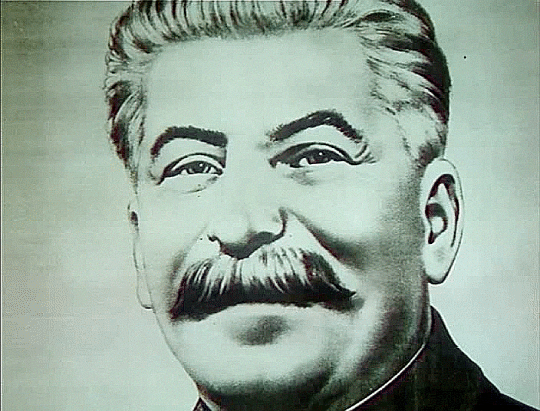

The End of Stalinism in Bohemia (Konec stalinismu v Čechách) 1991, dir. Jan Švankmajer IMDB
#Czech#čumblr#Czech cinema#Czech film#Jan Švankmajer#The End of Stalinism in Bohemia#Konec stalinismu v Čechách#short film#animation#Czech animation#European animation#central Europe#european cinema#european film#1990s#Czech Republic#Czechia#gif#psychotronic film#campy
1K notes
·
View notes
Text








przedświąteczne Katowice, błoto, wiatr i modlitwa o koniec szarówy
#polishposting#poland#polishcore#polish tumblr#eastern europe#east europe#ulica#doomer#slavic#polblr#central europe#silesia#polish wave#katowice
108 notes
·
View notes
Text

looks to the trees
#photography#my photos#beautiful#photographers on tumblr#nature#central europe#trees#baltic sea#poland#forest#trees and forests#sky
207 notes
·
View notes
Text
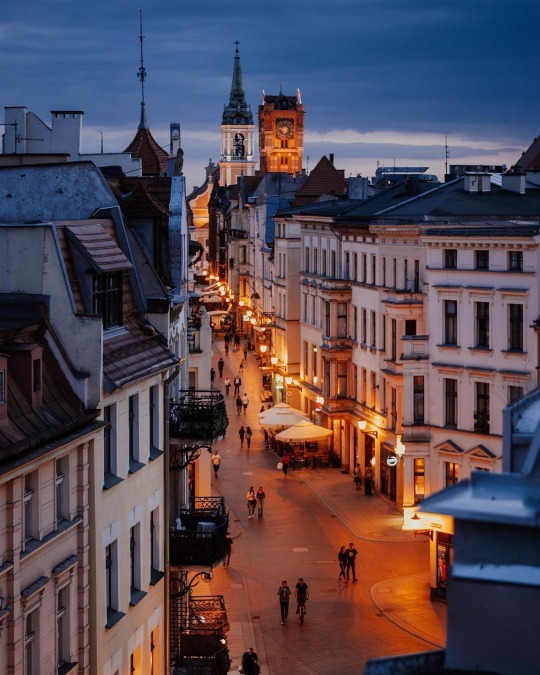
Toruń, Poland by opal.i.chabry
#toruń#torun#poland#europe#travel#architecture#wanderlust#tourism#eurotrip#traveling#travel guide#explore#beautiful places#travel destinations#places to visit#travel blog#travel bucket list#central europe#travelgram#slavic
715 notes
·
View notes
Text

By Kitkat_CH
Bergün, Canton of Graubünden, Switzerland
#curators on tumblr#switzerland#europe#travel#adventure#vw#camping#landscape#architecture#mountains#mountain#central europe#bergun#canton of graubunden#graubunden
205 notes
·
View notes
Text
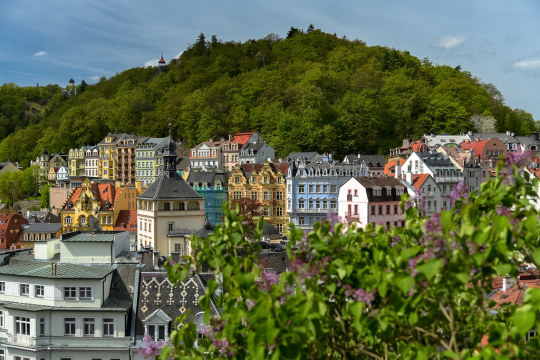
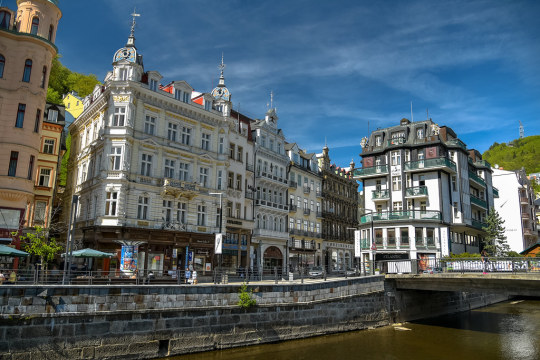
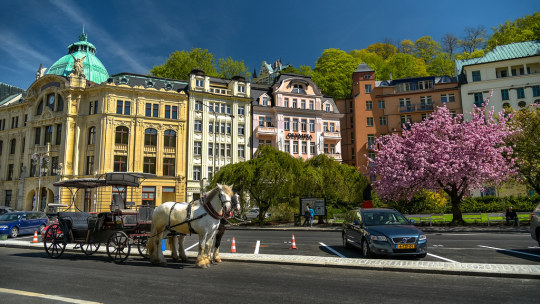
Karlovy Vary, Czech Republic (by Jorge Franganillo)
2K notes
·
View notes
Text
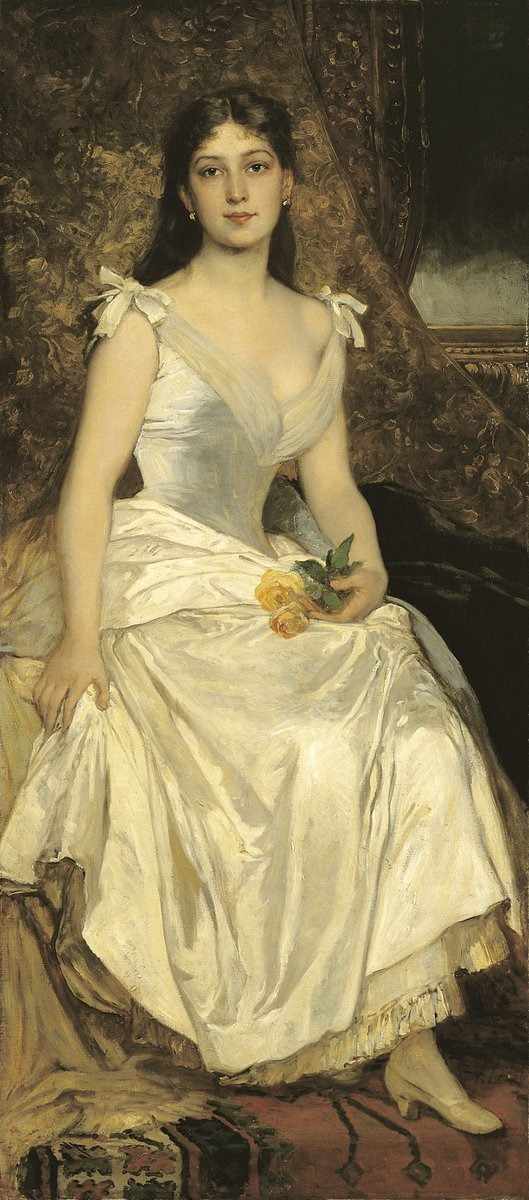
Károly Lotz (German-Hungarian, 1833-1904) Ilona Lotz in White, ca.1880s Hungarian National Gallery
#Karoly Lotz#German#hungarian#art#1800s#fine art#european art#classical art#brunette#woman#female portrait#female#portrait#europe#european#oil painting#fine arts#europa#ilona lotz#ilona lotz in white#hungary#eastern europe#central europe#classic art#traditional art#regency
1K notes
·
View notes
Text


First photo thanks to Strasbourg Nature Reserves! Other names include the northern crested newt or warty newt.
#great britain#northern europe#central europe#great crested newt#northern crested newt#warty newt#amphibian#amphibians#urodela#salamandridae#newt#animal polls#poll blog#my polls#animals#polls#tumblr polls
89 notes
·
View notes
Text
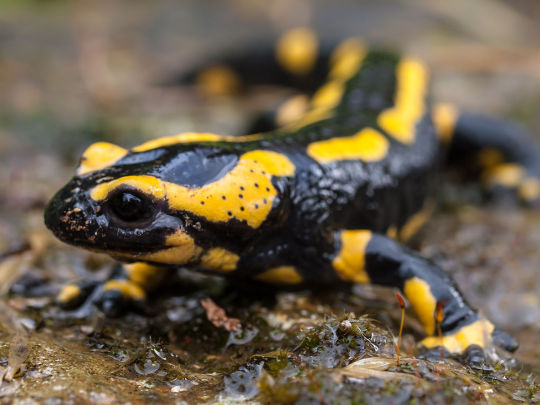


Frolic with the Fire Salamander
The fire salamander (Salamandra salamandra) is a species of salamander native to the deciduous forests of central and southern Europe. They commonly reside near sources of water such as ponds or streams, but can also be found under logs and leaf litter in moist environments.
Fire salamanders are so named for their bright yellow and black coloration, which serves to warn away potential predators. In addition to their unique look, S. salamandra is also noted as the largest salamander species, at up to 25 cm (9.8 in); females are slightly larger than males. The two are otherwise indistinguishable outside the breeding season, when the area around the male's vent swells.
Depending on their region, S. salamandra breed at different times of the year; those in colder climates begin in June or July, while populations in warmer areas mate in October. Males seek out females on land, and after a brief courtship ritual he deposits a packet of sperm for her to pick up. The eggs develop internally throughout the winter, and the female gives birth to 20-75 newly hatched larvae in the following spring. These larvae live in ponds or slow-moving streams for 3-5 months before fully metamorphosing into adults. Individuals can survive for up to 14 years in the wild.
The bright coloration of fire salamanders is a form of aposematism; warning predators of their toxicity. The skin secretes a highly potent toxin, which can also be sprayed directly at potential threats. However, only adults have this ability, so juveniles may be victim to birds, frogs, fish, and mammals like weasels and foxes. S. salamandra in turn consumes mainly insects and invertebrates like earthworms, slugs, larvae, beetles, and centipedes. They do most of their foraging at night, and rarely stray far from their small home territory./
Conservation status: The fire salamander is considered Vulnerable by the IUCN. Their main threat is from the chytrid fungus, which can wipe out entire localities. Populations are also threatened by habitat loss, as they require both pristine waters and dense forests to thrive.
Photos
William Warby
Quentin Martinez
Christian Jansky
#fire salamander#Urodela#Salamandridae#true salamanders#salamanders#amphibians#deciduous forests#deciduous forest amphibians#europe#central europe#southern europe#animal facts#biology#zoology#ecology
69 notes
·
View notes
Photo


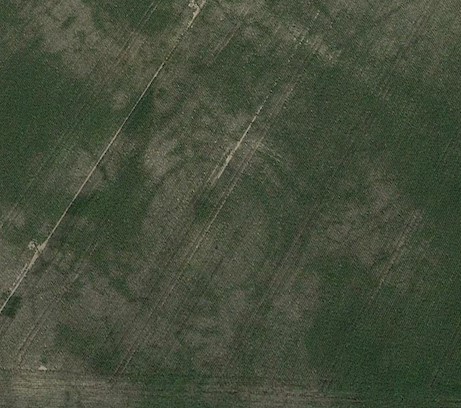
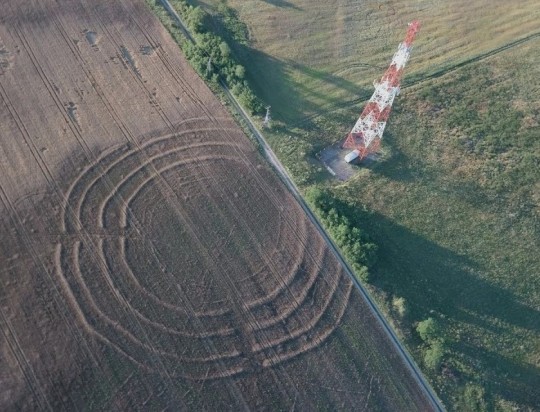
polish roundels (aka circular neolithic enclosure in Central Europe)
Drzemlikowice, Oława, Tylice, Nowe Objezierze
#neolithic#prehistory#stone age#archaeology#prehistoric europe#rondels#roundels#neolithic circular enclosures in central europe#stroked pottery culture#lengyel culture#earthworks#central europe#poland#archeology#my upl
337 notes
·
View notes